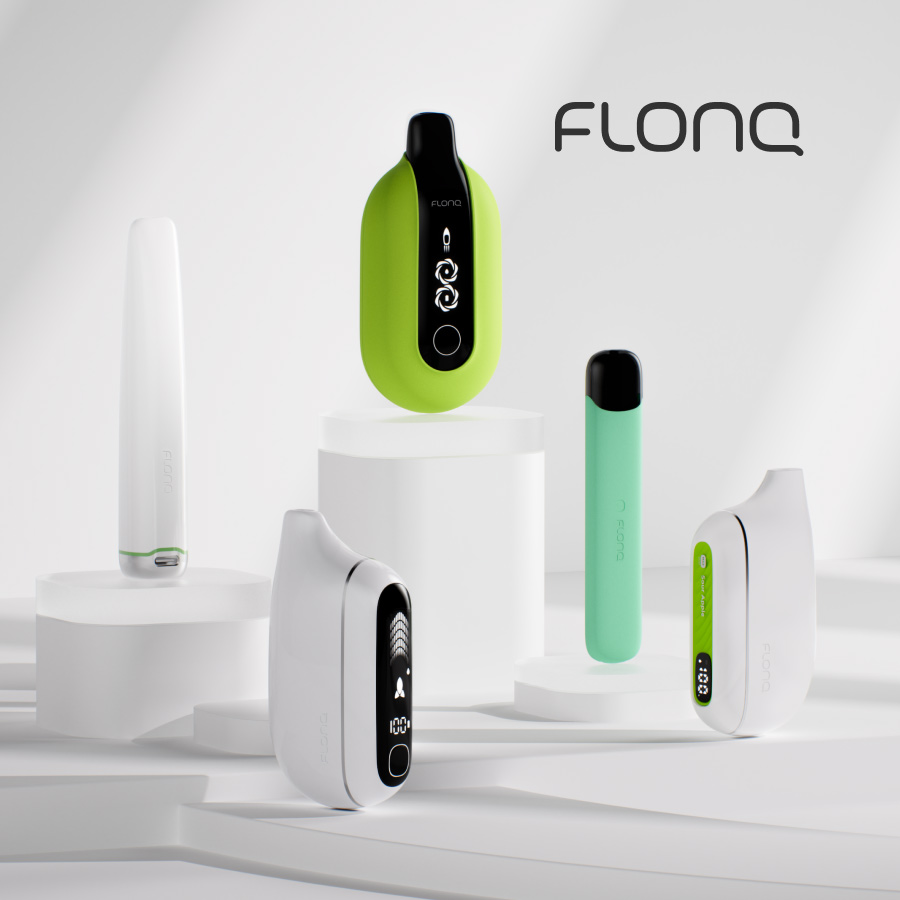Significant Shifts
- This Issue Vaping
- April 22, 2024
- 7 minutes read

Greg Conley

The vaping industry continues to overcome regulatory challenges and false narratives.
By Greg Conley
Over the past decade, Vapor Voice has closely tracked the vaping industry’s turbulent evolution from niche interest to a subject of global attention. These years have been marked by significant shifts due to technological advancements, evolving regulatory landscapes and changing public health views. As a longtime advocate for safer nicotine alternatives, I’ve observed the industry’s struggle for legitimacy and its ongoing battle against misinformation.
In the early days of the vapor industry, doubts and skepticism were rampant. I had a memorable encounter in 2011 at a conference filled with tobacco industry executives. There, an executive remarked to me, “Enjoy this while it lasts. You’ve got about a year left before the U.S. Food and Drug Administration crushes you.” There was no malice or ill will in his voice but rather a resigned acknowledgement of the regulatory hurdles that lay ahead, courtesy of the FDA’s Center for Tobacco Products (CTP) and the 2009 Family Smoking Prevention and Tobacco Control Act. This insight foretold the imminent regulatory challenges we were about to face.

Initially, certain industry players were confident in their ability to satisfy CTP requirements. Despite the plain text of the Tobacco Control Act, some manufacturers still believed that the CTP would not outright reject flavored products. A stark reality check was dealt when the CTP’s original deeming proposal was leaked online in 2015. Had the Office of Management and Budget at former President Barack Obama’s White House not intervened to object to a provision that would have immediately pulled flavored products from the market, the industry could be radically different today.
The appointment of Scott Gottlieb as FDA commissioner during former President Donald Trump’s administration was initially met with cheers. This ignited industry hopes for a science-based approach to the impending deadlines for submitting premarket tobacco product applications (PMTAs). Yet, Juul’s skyrocketing popularity and the associated increase in youth vaping quickly became a major point of contention, halting any progress toward streamlining the PMTA process.
A profound nadir of the last decade was undoubtedly the summer 2019 e-cigarette or vaping product use-associated lung injury (EVALI) crisis. Even as the evidence grew linking the illnesses and deaths to illicit THC products, the legal nicotine vaping industry was unjustly blamed and the subject of sensationalist media coverage. Worse still, several of the nation’s top health officials spearheaded efforts to cloud the true cause of EVALI.
Notably, one health official who played a central role in the U.S. Centers for Disease Control and Prevention’s mishandling of the EVALI situation now holds a significant role in shaping the future of vaping—Brian King, who heads the CTP. It is deeply ironic that King, who helped add fuel to the fire that caused a remarkable decline in public perception of nicotine vaping, now oversees the CTP’s purported efforts to rectify misconceptions about smoke-free nicotine products.
As the industry emerged from the doldrums of the EVALI crisis, it faced the longstanding regulatory challenges that advocates had been cautioning about for years. Following numerous delays, the submission deadline for PMTAs for tobacco-derived nicotine vaping products finally arrived in September 2020. Amid the global focus on Covid-19 and the impending presidential election, the media was uninterested in stories about small business concerns with the CTP’s flawed system.
September 2020 was not an easy month for CTP employees. When it proposed the deeming regulation, the CTP predicted that it would receive fewer than 3,000 PMTAs. However, the vapor industry firmly stood its ground. Through an effort spearheaded by the founding members of the American Vapor Manufacturers Association, over 200 manufacturers inundated the CTP with several million PMTAs.
As anticipated, chaos ensued. The FDA’s system was completely overwhelmed. The agency was at a loss on how to proceed with the PMTAs. The indecision ended after an April 2021 legislative hearing, during which FDA Acting Commissioner Janet Woodcock was harangued by House Democrats who wanted to see all PMTAs for flavored vaping products immediately denied. She returned to the FDA and mandated that the CTP create a new system to expedite the denial of the backlog of vapor product PMTAs.
The FDA’s infamous “fatal flaw” memo resulted in the banning of millions of nicotine vaping products. These bans were not based on any direct public health risk posed by the products. Rather, they were implemented because, well, after the PMTA submission deadline had passed, the FDA decided it would not review PMTAs for flavored vaping products without a specific clinical trial or longitudinal study. As a result of ongoing litigation, which could potentially reach the Supreme Court in the next year, many of the PMTAs submitted in 2020 are still pending resolution.
As a testament to the industry’s dynamic nature, the products caught up in court fights have fallen out of favor with adult consumers. Since 2020, the explosion in popularity of flavored disposable vapes, fueled by ambiguous regulations and enforcement regarding synthetic nicotine, has significantly reshaped the industry. This shift has happened amid steep declines in youth usage and steady increases in adult usage.
The ongoing legislative and legal battles surrounding disposable vaping products signal the onset of a struggle that will likely shape the next decade of vaping. Approximately 10 million adults in the U.S. use flavored disposables, with a significant portion turning to these products as a complete replacement for combustible tobacco products. In our interconnected society and in a country growing more skeptical about government interference with the private choices of adults, preventing adults from accessing flavored vaping products will prove to be no simple feat.
Looking back at the evolution of the vaping industry over the last decade, the road has been both rocky and rewarding. From regulatory challenges to breakthroughs in harm reduction, the narrative is rich with lessons learned and battles fought. Amid these uncertainties, one thing is clear: Our journey is far from over.
Greg Conley is the director of legislative and external affairs for the American Vapor Manufacturers Association.
